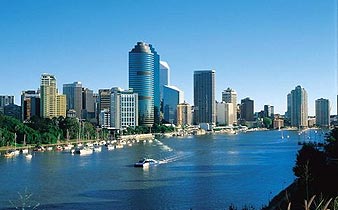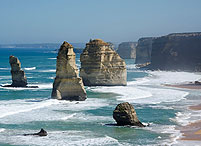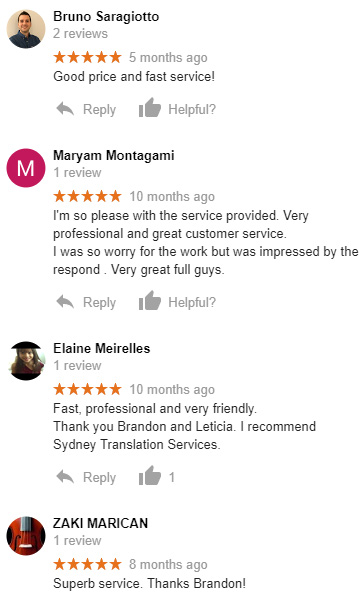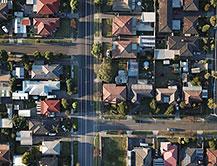NAATI Spanish Translator for Marriage Certificate Translation
Email us directly or upload your documents here for translation:Brisbane

Brisbane is the capital and most populous city in the Australian state of Queensland and the third most populous city in Australia. Brisbane's metropolitan area has a population of over 2 million and constitutes the core of the South East Queensland agglomeration, encompassing more than 3 million people. The Brisbane central business district stands on the original European settlement and is situated inside a bend of the Brisbane River approximately 23 kilometres from its mouth at Moreton Bay.
Our translation agency is able to help you bridge the gap between different languages, find the best professionals to translate all your documents accurately. We handle day-to-day interpreter bookings in Brisbane for major Asian and European languages in Australia.
Spanish Marriage Certificate Translation for Brisbane
 Getting your marriage certified translated for official use in Brisbane is easy. Our NAATI certified Spanish translators are ready to assist you and everything can be done online.
Getting your marriage certified translated for official use in Brisbane is easy. Our NAATI certified Spanish translators are ready to assist you and everything can be done online.
- Leading provider for NAATI certified Spanish translation
- Fast Spanish translation with no extra charges
- Experienced NAATI certified translators based in Australia
Spanish NAATI Translators
Brisbane Document Translation Services
 Get professional document translation for personal or business use. Our translators can handle any type of financial, technical or medical document, with the support of a specialised language DTP team for typesetting translations into design material such as brochures, product packaging and technical reports.
Get professional document translation for personal or business use. Our translators can handle any type of financial, technical or medical document, with the support of a specialised language DTP team for typesetting translations into design material such as brochures, product packaging and technical reports.
All documents received are confidential. Get in touch today for any translation requirement.


More about the Spanish Language
Spanish (español) is a Romance language named for its origins as the native tongue of a large proportion of the inhabitants of Spain. It is also named Castilian after the Spanish region of Castile where it originated.
The first documents regarded as precursors of modern Spanish are from the ninth century. The dialects reflected in those documents emerged from the ancestral Vulgar Latin (common Latin), which had been brought to Iberia by the Romans during the Second Punic War around 210 BC, absorbing influences from the native Iberian languages such as Celtiberian, Basque and other paleohispanic languages.
